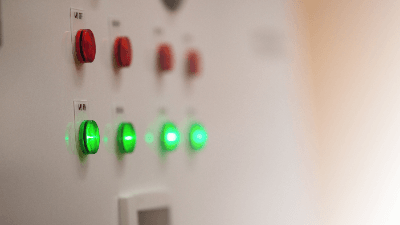What Is a Pilot Light?

Pilot lights, also known as indicator lamps or confirmation indicator lamps, serve as visual indicators of the operating status of electrical equipment. Initially utilizing neon tubes, modern devices predominantly employ LEDs due to their energy efficiency, long life, and low power consumption. These lights are integral for safety, signaling the presence of electrical power and reminding users to conserve energy.
Uses of Pilot Lights
Pilot lights play a critical role across various settings, signaling operational statuses and ensuring safety in residential, commercial, and industrial environments. They facilitate management of electrical systems in dimly lit or dark conditions and serve as warnings against potential electric shock hazards. Moreover, pilot lights contribute to energy conservation by indicating active power consumption.
Principle of Pilot Lights
Functioning across different light-emitting technologies, pilot lights adapt to various applications through neon tubes, incandescent bulbs, and LEDs. Each type offers distinct advantages, from the durability and simple circuitry of neon tubes to the energy efficiency and longevity of LEDs. The choice of light source depends on factors such as operating voltage, power consumption, and application-specific requirements.
Types of Pilot Lights
- Always On: Indicates the switch’s location regardless of its operational state.
- Simultaneous Flashing: Lights up in tandem with the equipment’s operation, aiding in ON/OFF status verification.
- Alternating Flashing: Helps locate the switch in dark surroundings by lighting up when the switch is OFF.
Structure of Pilot Lights
Pilot lights are designed to indicate various operational states through different lighting methods, such as constant illumination or flashing, to enhance user interface and safety. They are commonly integrated with or adjacent to equipment power switches, with some models designed to illuminate in sync with equipment activation, thereby functioning as pilot switches.